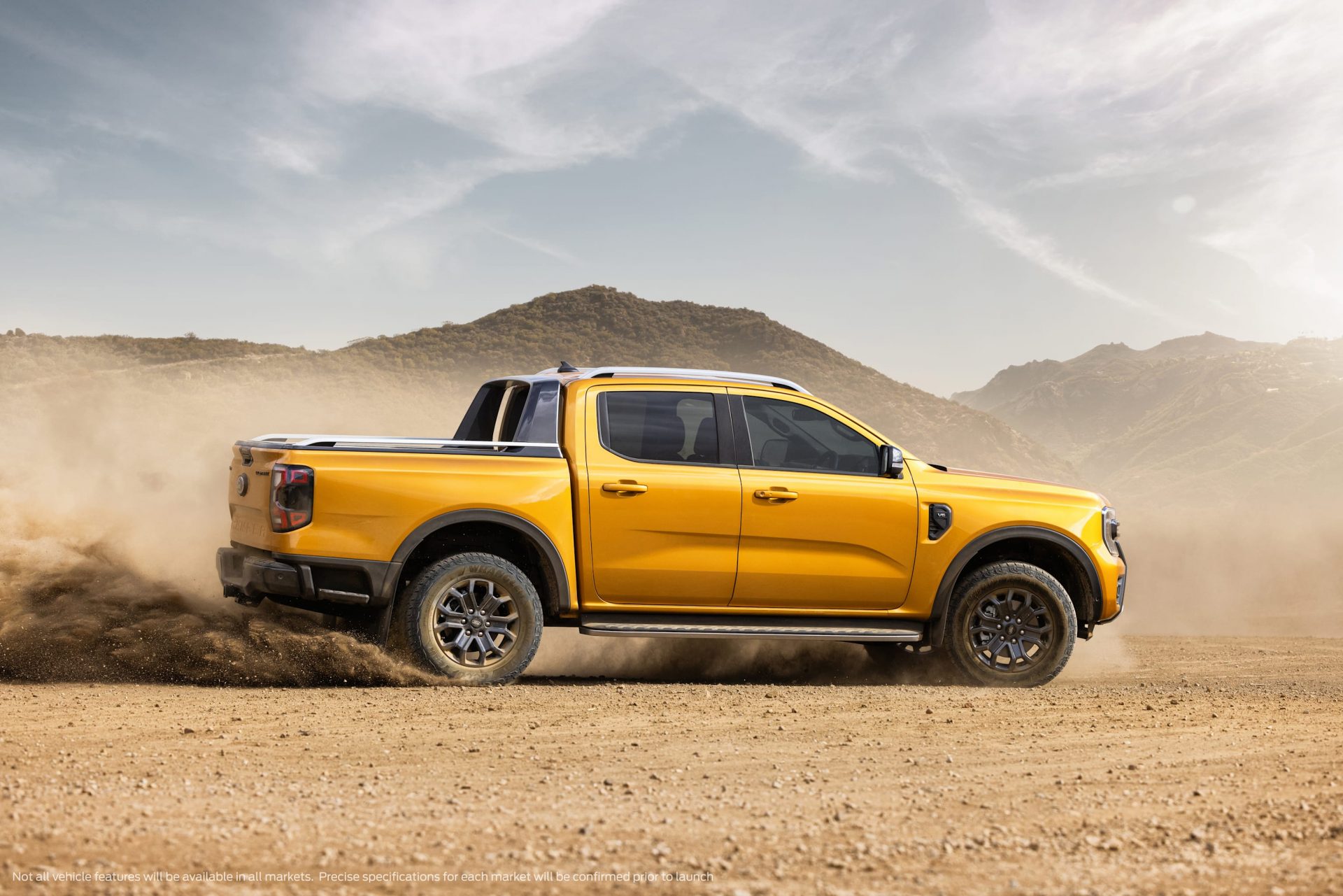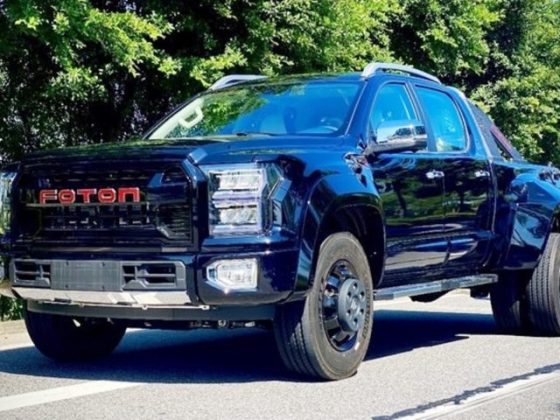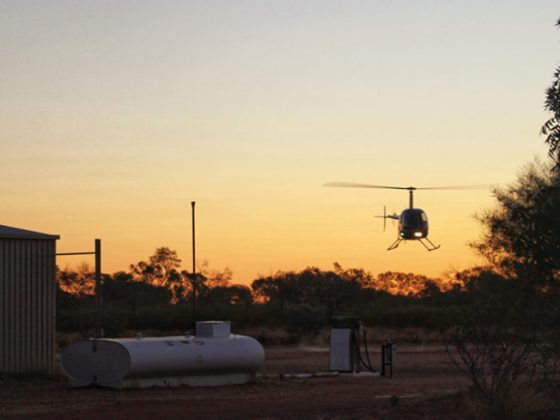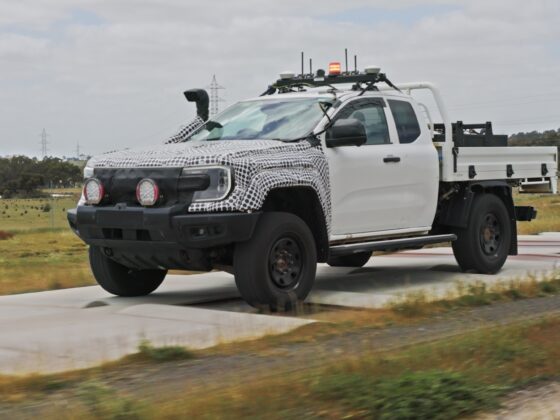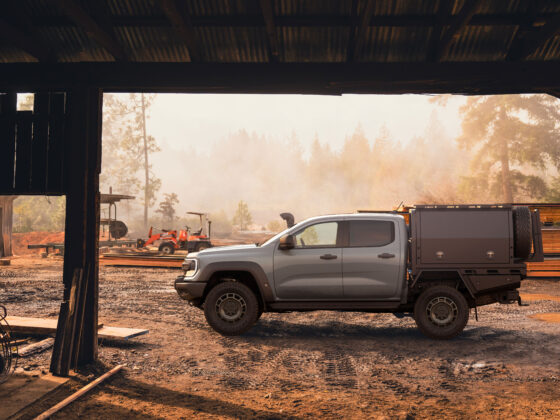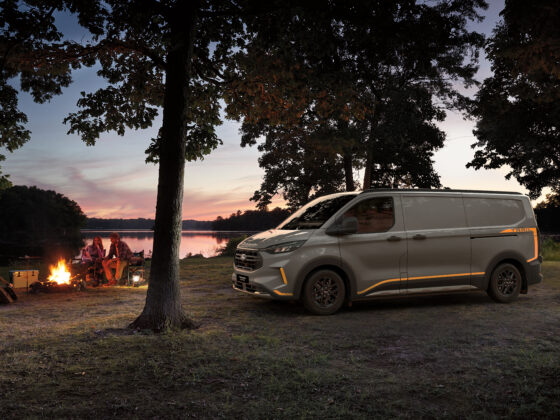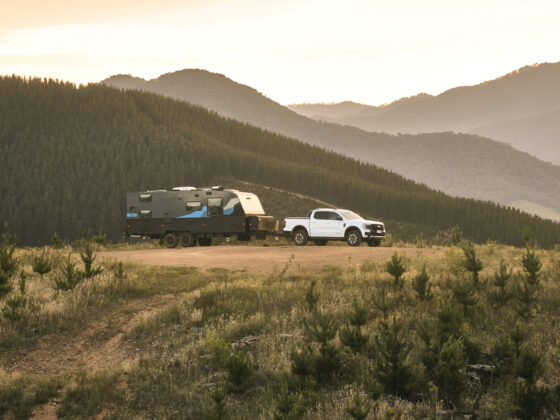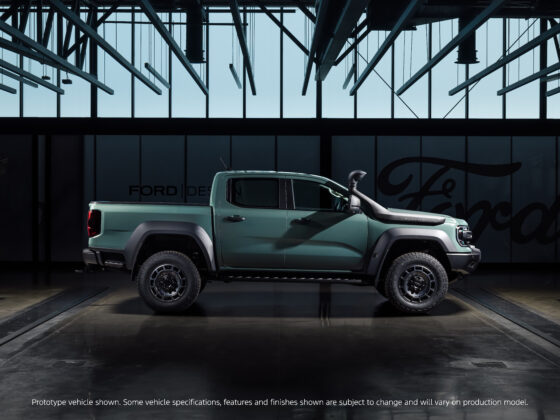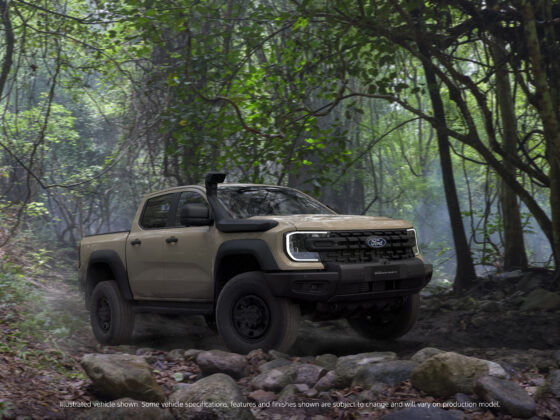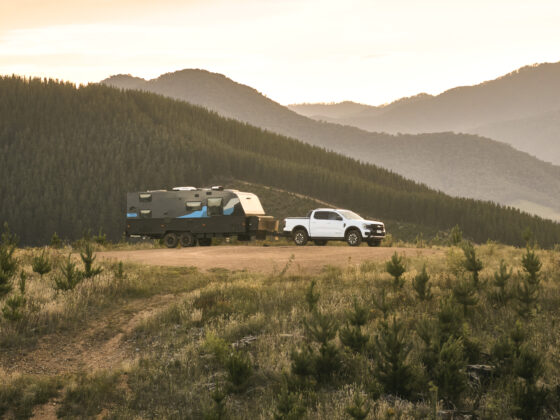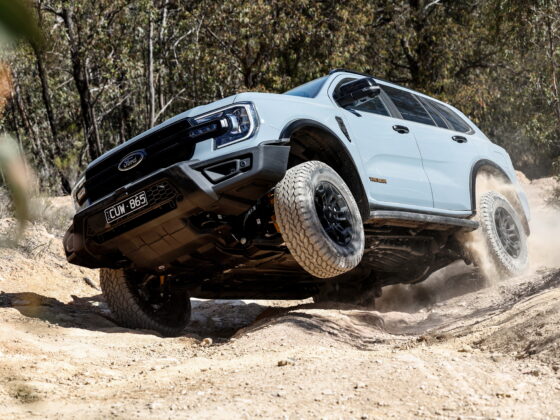The internet is erupting with excitement over the new Ranger. From the Jetski memes to people planning their ultimate tourer you’d be hard pressed to find people not talking about it. For good reason too. Designed right here in Australia and actually developed with our needs in mind. Ford have gone out of their way to make sure it’s more capable than ever, more powerful, a nicer place to be for 12hr days in the saddle and more practical at the job site or campsite. That’s all well and good, but what’s it actually going to cost, and what are you getting for your money? We’ve taken an in-depth look at the different variants in the pipeline and given you the facts on what you should and shouldn’t expect.
XL
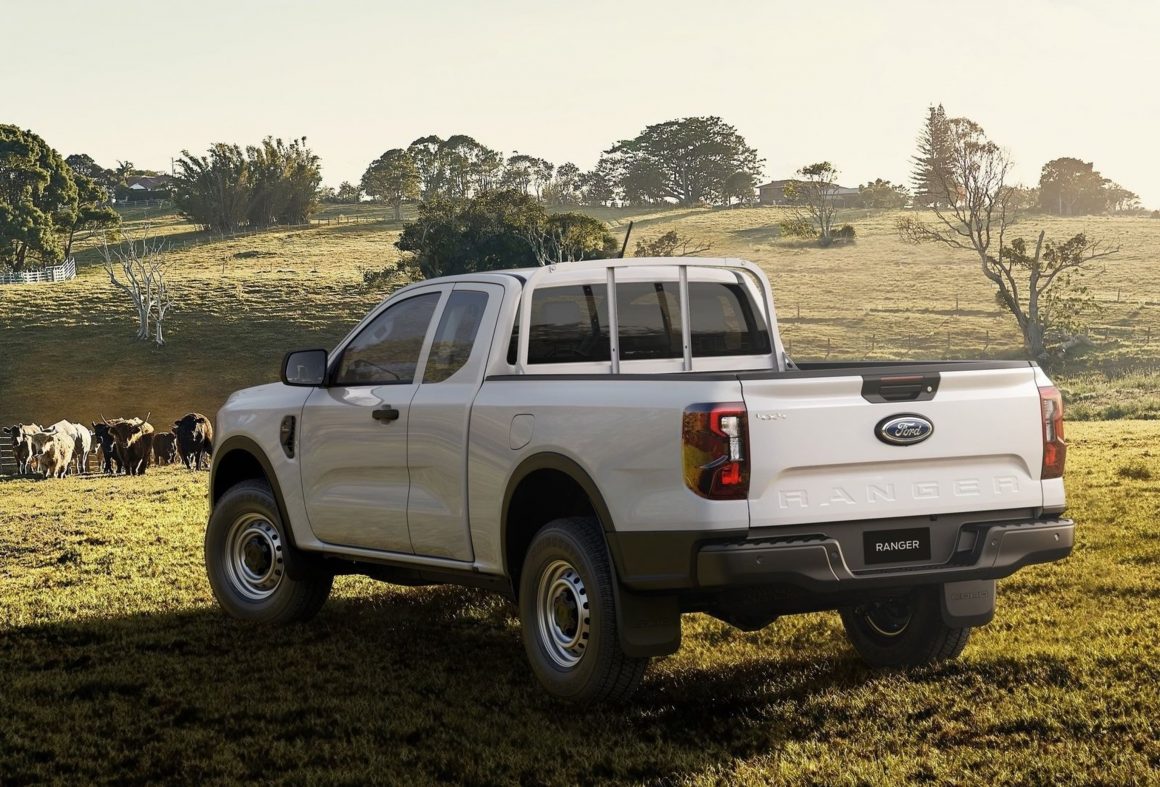
While you can get into a current PX3 Ranger from as low as $34k there’s probably not too many Mr4x4 readers eyeing off a 2WD single cab so we’ll focus on the 4×4 dual cabs here. There’s two new engines you can expect to find in XL trim in the new Ranger. The current bi-turbo 2.0L will replace the out-going 3.2 as the default motor with 157kW and 500Nm. A single turbo version of the same motor will be offered as the entry level and is expected to put out around the 130kW and 430Nm mark. As the XL is firmly aimed at the construction site it’ll get the tub protector straight away including the clever tailgate clamping points and built in ruler.
You’ll miss out on many of the usable features like the Matrix LED headlights, bed step, and permanent 4×4 system but will still get the revised interior with the huge 10.1in touch screen interface as well as rear parking sensors. Don’t expect drive modes, wireless phone charging, or the full suite of interior storage lockers. As usual, the entry level XL will also forego fog lights, alloy wheels, and will spot an entry level interior with vinyl floor rather than the carpet and premium materials found in higher spec models. You’ll also miss out on the arm rest in the back seat, something to consider if you have kids. It’s understood the XL will retain the current mechanical gear selector and mechanical handbrake. It’s not expected for the XL to be optionalable up to the V6 but stranger things have happened. Expect to spend around $57-60k to get into one depending on your choice of six speed manual or 10 speed auto.
XLS
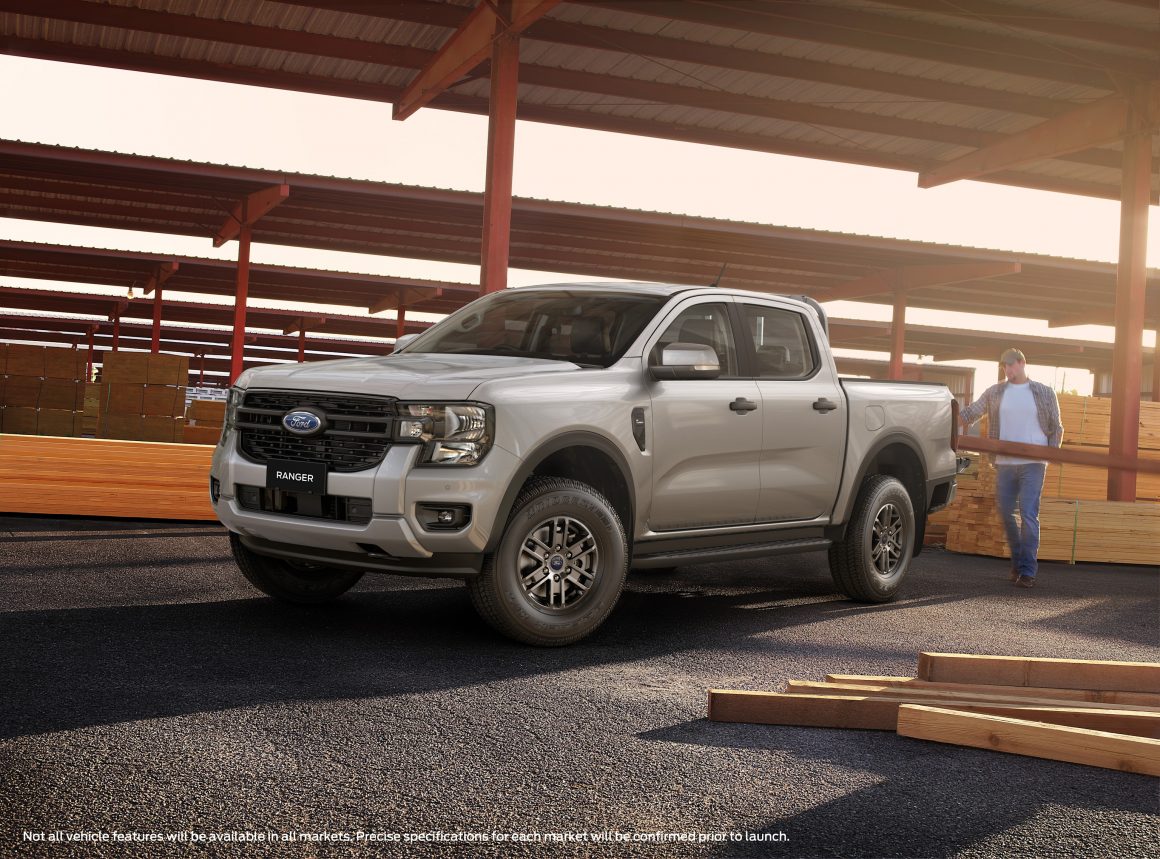
The XLS is quickly becoming the go-to Ranger for people looking for a no-nonsense 4×4 but want something that doesn’t feel like a tradie ute. Mechanically you can expect the XLS and XL to share the same spec sheet with the 2.0L bi-turbo and part time 4×4 being the default option, it’s unlikely you’ll be able to option the smaller single-turbo motor but will have a choice of auto or manual. On the outside you’ll get the same halogen headlights as the XL and blacked out grill and handles, although this time you’ll pick up alloy wheels. We are expecting the XLS to be the cheapest Ranger that will be available with adaptive cruise control although there’s no indication yet if it’ll be standard or an option.
Moving inside you can expect the same interior as the base XL, although you’ll get black carpet rather than vinyl for the extra money. You’ll also pick up front parking sensors and front fog lights as well as the rear seat arm rest. That same interior as the XL means the XLS should retain the current mechanical shifter and handbrake. Despite being near identical apart with actual functionality we’re expecting the incoming XLS to cost around $60-63k based on comparison to current price differences.
XLT
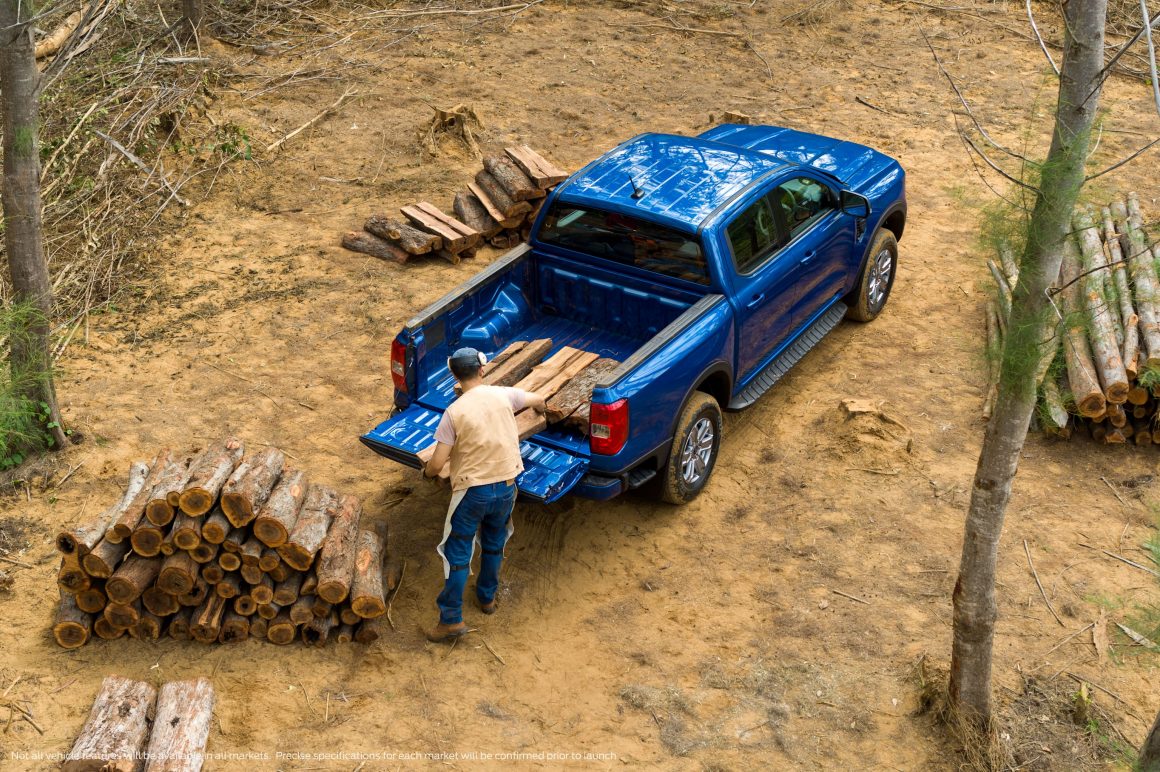
If you’re mad for gadgets and gizmos the XLT is where you should start paying attention. Up front you can expect the same C-shaped Matrix LED headlights as found in the top-spec models as well as parking sensors all round. As usual the XLT will pick up a chromed out grille, fog lights, and side vents (which are now functional). Up the back you’ll pick up the bed side steps, a blacked out roll bar, and colour coded handles. Underneath we’re expecting the XLT to be the cheapest Ranger you can buy and still pick up the optional V6 turbo-diesel engine pushing out 200kW and 600Nm of torque putting it in the ball park of LC200 power. That V6 is expected to be packed exclusively by a tweaked 10 speed automatic and full time 4×4 system. The new 4×4 system operates similar to the Mitsubishi Super Select setup giving you 2H, Full Time 4×4, 4H and 4L. You’ll keep low-range and a factory rear diff lock so capability won’t be a concern. The upgraded drivetrain over lower-tier models will also mean XLT will be the cheapest version available with rear disc brakes.
On the inside the XLT no longer boasts ‘Premium Cloth’ like the outgoing PX3, instead you’ll get the same material with additional trimming differentiating it from the lower models. That hex trimming from the seats will also cross over into the door trims as well. The XLT will pick up the new compact e-shifter as well as the electronic park brake. Expect a few dashes here and there of premium finishes as well as a leather wrapped steering wheel. It’ll sport the same 10.1in touch screen and 8in digital dash as the lower spec models. You’ll also pick up wireless phone charging, wireless Apple CarPlay and Android Auto, and a USB outlet behind the rear view mirror for running dash cams. The new drivetrain will also give owners driving modes for slippery terrain, but more importantly specific modes for towing heavy loads.
Based off current pricing we’re expecting the new XLT so cost around the $70,000 mark give or take a few thousand in either direction pending options.
Sport
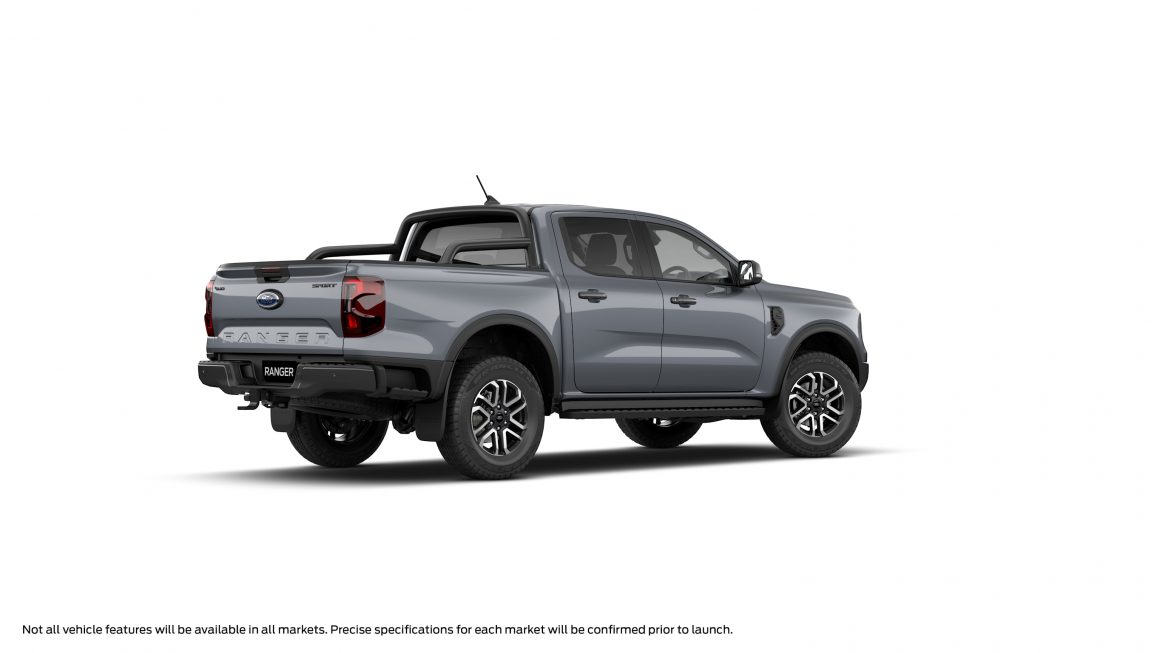
Ford have introduced the Sport for the first time this generation and at first glance it seems to be a replacement for the outgoing FX4 models. Mechanically we’re expecting no differences between the XLT and Sport. Both will come with the V6, AWD setup, disc brake rear and similar technology. The visual differences are kept minimal on the exterior. Blacked out badging, unique 18in alloy wheels, and a Wildtrak front bumper being the only key differences.
On the inside however the Sport steps things up reasonably drastically over the lower-tier XLT with a full leather interior included on the deeper sport seats up front and the dash pad much like the current generation Wildtraks. The Sport will have the same interior package as the XLT including the 10.1in stereo and 8in dash. We’re expecting the Sport to be a minor step above XLT in terms of spec and price so budget aroundtheg $73,000 mark.
Wildtrak
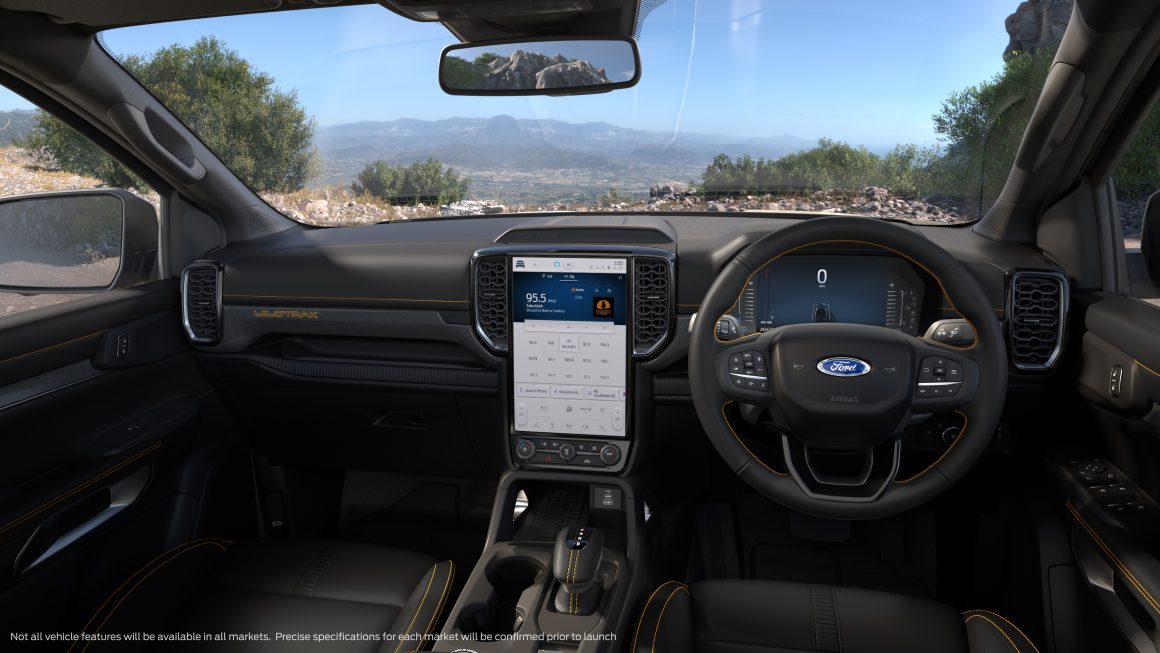
In previous models the Wildtrak has been a tarted up XLT with a gaudy paint job and even gaudier interior. It’s always been a significant price increase for very little increase in practicality or comfort. With the new Ranger the Wildtrak is aiming to be significantly more up-market than the lower-tiered brethren. Underneath it’ll unsurprisingly sport the same mechanical drivetrain as the other top spec models with the V6, AWD, and disc brakes being standard. Externally it’ll be much the same with the unique bumper surrounded by Matrix LED headlights, roof rails, and the sail plane from the outgoing model, although this time the runners can be used tie-downs.
On the inside the Wildtrak will feature a unique interior with subtle orange stitching throughout. Leather seats all round with heating and cooling in the front bolstered seats as well as AC and heating vents to the rear seat. The Wildtrak will pick up additional storage over lower models with a second glovebox on the passenger side. It’ll upgrade to the Wildtrak only 12in screen as well. This setup sees the Wildtrak pick up the exclusive 360 degree camera, something useful for off-roading, as well as a camp light setup with powerful LEDs lighting up both flanks of the ute. The Wildtrak is expected to incorporate a built-in trailer brake controller as well as Ford’s trailer reversing technology (but more on that later). Finally, the Wildtrak will pick up Ford’s ‘Cargo management system’. Don’t expect to walk away from change out of $80,000 putting it as the most expensive ute in its class but also the best spec’d.
Quick Links
Ford Australia Website
Mr4x4 – Ford to invest 15 Billion in EVs



